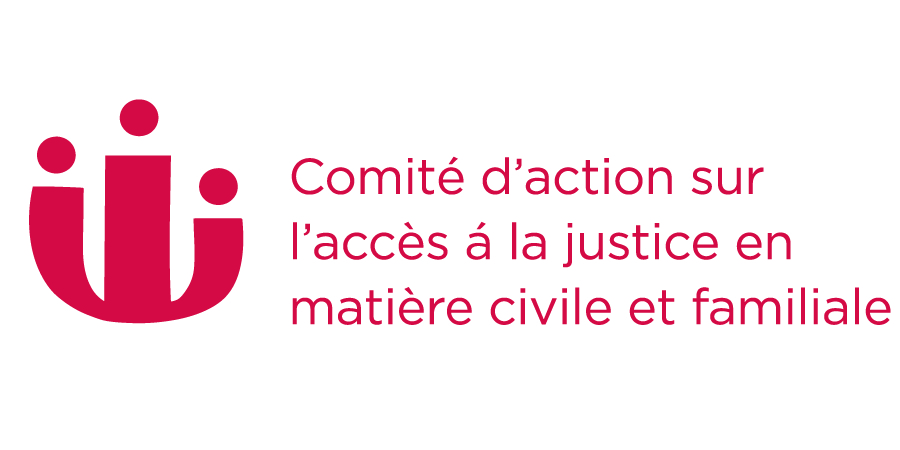Inventory of Reforms
Manitoba Summary Judgment and Expedited Trial (Rule 20)
Year:
1989
Description:
Queen’s Bench rule of court in allowing parties to apply for summary judgment where there is no issue to be tried, or for a trial to proceed in an expedited manner.
Status:
Permanent Implementation
Jurisdiction:
Manitoba
Court:
Court of Queen’s Bench of Manitoba
Timeline:
1989: Rule 20 came into force
Publications:
Rule 20, Court of Queen’s Bench Rules, Man. Reg. 553/88.
Summary judgment in the Federal Court and in the Federal Court of Appeal: A discussion paper of the Rules Subcommittee on Summary Judgment (Federal Court of Appeal, 2008).
Justice Guy Kroft and Stephen Vincent, Summary Judgment and Other Relief Under Rule 20 (The Law Society of Manitoba, 1993).
Development:
Rule 20 governing Summary Judgment and Expedited Trial in Manitoba is part of the revised Queen’s Bench Rules introduced in 1989. It replaced former Rules 45 and 48 that allowed the plaintiff (but not the defendant) to apply for summary judgment in a restricted range of cases. These former rules tended to be applied very narrowly and a point of law could not be decided on such a motion.
Purpose:
« [T]o secure the just, most expeditious and least expensive determination of every civil proceeding on its merits » (r. 1.04(1)).
Description of Reforms:
Manitoba Rule 20 has been interpreted to be given a wide scope by Manitoba Courts. An application under Rule 20 requires that the person moving for summary judgment must establish with evidence a prima facie case for the entering of summary judgment. Once the moving party raises a prima facie case for the relief sought, the responding party then has an obligation to satisfy the court that there is an issue which requires determination at trial. This must be a triable issue which realistically could result in a judgment in the responding party’s favour; there must be sufficient evidence on the record to enable the court to conclude that that party has a « real chance » of success.
The court may draw inferences and may look at the overall strength of the plaintiff’s action. However, genuine or real issues of credibility (i.e. those which must be determined in order to decide the case), creating real conflicts in the evidence, require determination at a trial based upon viva voce evidence and assessments of credibility by a trial judge (Discussion Paper at 3-4).
- Motions for summary judgment may be made by either the plaintiff or the defendant (r. 20.01(1)-(3)).
- The Court may decide points of law on a motion (r. 20.03(3)).
- While Rule 20 makes no mention of discovery evidence, Rule 39, Evidence on Motions and Applications, specifically provides that such evidence is admissible on any motion.
- The Court grants summary judgment in cases where there is no genuine issue for trial or where the issues is one of amount or law only (r. 20.03(1)-(3)).
- The Court may grant summary judgment even if a « genuine issue » is present unless the Court is unable « on the whole of the evidence…to find the facts necessary » or the Court considers that « it would be unjust to decide the issues » (r.20.03(4)).
- The major difference between a motion for judgment by summary trial (r. 20.03(4)) and a motion for summary judgment (r. 20.03(1)) is that a moving party’s failure on the former would preclude that party from proceeding to trial on the matters that were at issue, whereas failure on the latter will not lead to such a preclusion.
- Where a request for summary judgment is granted in part or refused, a judge may order the action to proceed to trial in an expedited manner (r. 20.03(5))
- An expedited trial of an action or of some particular issue may be ordered by the judge without an application for summary judgment on a specific motion (r. 20.06).
Revision History:
This summary was last reviewed in Aug 16, 2012



